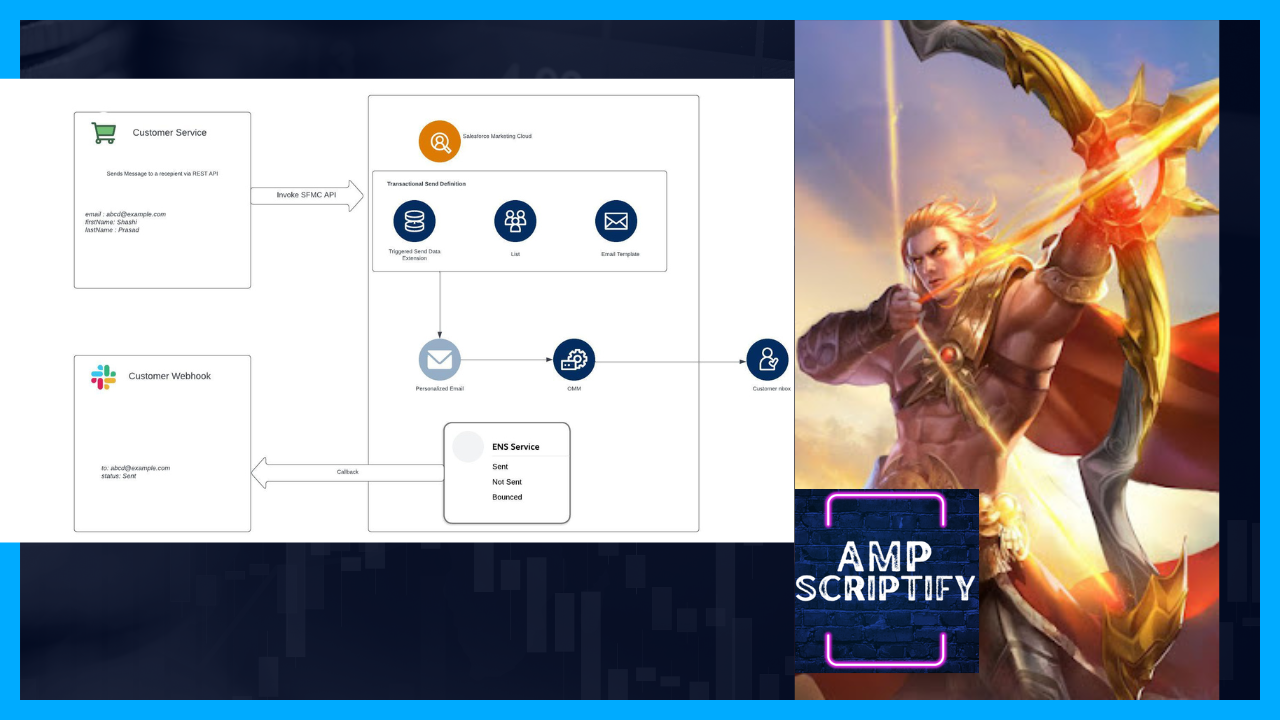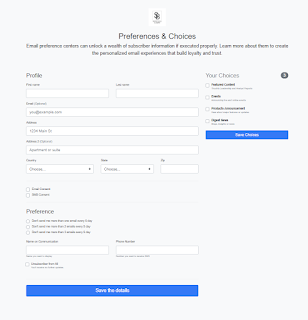[Your Company Name]
Date
[Package Name]
Package Manager Documentation
Table of Contents:
-
Introduction
- 1.1 Purpose
- 1.2 Scope
- 1.3 Document Overview
-
Package Manager Overview
- 2.1 What is Package Manager?
- 2.2 Benefits of Package Manager
- 2.3 Key Features
-
Installation and Configuration
- 3.1 Prerequisites
- 3.2 Installation Steps
- 3.3 Configuration Steps
-
Package Creation
- 4.1 Package Structure
- 4.2 Metadata Files
- 4.3 Package Dependencies
- 4.4 Best Practices
-
Package Deployment
- 5.1 Deployment Methods
- 5.2 Deployment Steps
- 5.3 Rollback and Recovery
-
Version Control and Release Management
- 6.1 Versioning Convention
- 6.2 Release Management Process
-
Package Documentation
- 7.1 Documenting Package Contents
- 7.2 Documenting Package Dependencies
- 7.3 Documenting Release Notes
-
Troubleshooting and Support
- 8.1 Troubleshooting Tips
- 8.2 Getting Support
-
Security Considerations
- 9.1 Package Security
- 9.2 User Permissions
- 10. Conclusion
1. Introduction
1.1 Purpose
This document provides an overview, installation instructions, configuration steps, and best practices for the Package Manager in Salesforce Marketing Cloud. It serves as a guide for administrators and developers to effectively manage the deployment of packages within the Marketing Cloud environment.
1.2 Scope
The scope of thisdocument covers the usage and administration of the Package Manager, including package creation, deployment methods, version control, release management, package documentation, troubleshooting, support, and security considerations.
1.3 Document Overview
This document is organized into sections to provide a comprehensive understanding of the Package Manager and its associated processes. Each section focuses on specific aspects of the Package Manager's usage and provides step-by-step instructions, best practices, and relevant considerations.
2. Package Manager Overview
2.1 What is Package Manager?
The Package Manager is a tool within Salesforce Marketing Cloud that enables the creation, deployment, and management of packages containing various assets such as email templates, content blocks, data extensions, and more. It facilitates the seamless transfer of assets between environments, simplifies the deployment process, and improves collaboration between teams.
2.2 Benefits of Package Manager
- Streamlines the deployment process by packaging and transferring assets as a single unit
- Enables version control and simplifies release management
- Enhances collaboration between teams by providing a standardized package structure
- Reduces manual effort and minimizes errors during deployments
- Facilitates rollback and recovery in case of issues during deployment
2.3 Key Features
- Package creation and management
- Dependency tracking and resolution
- Version control and release management
- Deployment rollback and recovery
- Package documentation
- Security and permissions control
3. Installation and Configuration
3.1 Prerequisites
Before installing the Package Manager, ensure that your Salesforce Marketing Cloud environment meets the following prerequisites:
- Administrator access to the Marketing Cloud account
- Compatible version of Marketing Cloud
- Appropriate user permissions for package creation and deployment
3.2 Installation Steps
[Provide step-by-step instructions for installing the Package Manager]
3.3 Configuration Steps
[Provide step-by-step instructions for configuring the Package Manager]
4. Package Creation
4.1 Package Structure
[Explain the recommended structure for organizing assets within a package]
4.2 Metadata Files
[Describe the different metadata files that can be included in a package]
4.3 Package Dependencies
[Explain how to define and manage dependencies between assets within a package]
4.4 Best Practices
- Follow a consistent naming convention for packages and assets
- Create modular packages to allow for easier maintenance and updates
- Clearly document the purpose and contents of each package
- Regularly review and update package dependencies to ensure accuracy
- Test packages thoroughly before deployment
5. Package Deployment
5.1 Deployment Methods
- Manual deployment through the Marketing Cloud UI
- Automated deployment using APIs or scripting5.2 Deployment Steps
[Provide step-by-step instructions for deploying a package manually or via automation]
5.3 Rollback and Recovery
[Explain how to roll back a package deployment and recover from any issues]
6. Version Control and Release Management
6.1 Versioning Convention
[Define a recommended versioning convention for packages]
6.2 Release Management Process
[Describe the recommended process for managing package releases, including versioning, documentation, and approvals]
7. Package Documentation
7.1 Documenting Package Contents
[Explain how to document the contents of a package, including asset descriptions and usage instructions]
7.2 Documenting Package Dependencies
[Explain how to document the dependencies between assets within a package]
7.3 Documenting Release Notes
[Provide guidelines for creating release notes to communicate changes and updates included in each package release]
8. Troubleshooting and Support
8.1 Troubleshooting Tips
[Provide a list of common issues and troubleshooting steps]
8.2 Getting Support
[Explain how to seek assistance from the support team or community forums]
9. Security Considerations
9.1 Package Security
[Describe the security measures and considerations when creating and deploying packages]
9.2 User Permissions
[Explain the required user permissions for managing packages and deployments]
10. Conclusion
The Package Manager in Salesforce Marketing Cloud offers a powerful solution for efficiently managing the deployment of packages containing various assets. This document has provided an overview of the Package Manager, installation and configuration instructions, package creation and deployment guidelines, version control and release management best practices, documentation recommendations, troubleshooting tips, and security considerations. By following these guidelines, administrators and developers can ensure smooth and reliable package deployments within the Marketing Cloud environment.
If you have any further questions or need assistance, please reach out to the [Your Company Name] support team.
Thank you,
[Your Name]
[Your Title]
[Your Company Name]







Comments
Post a Comment